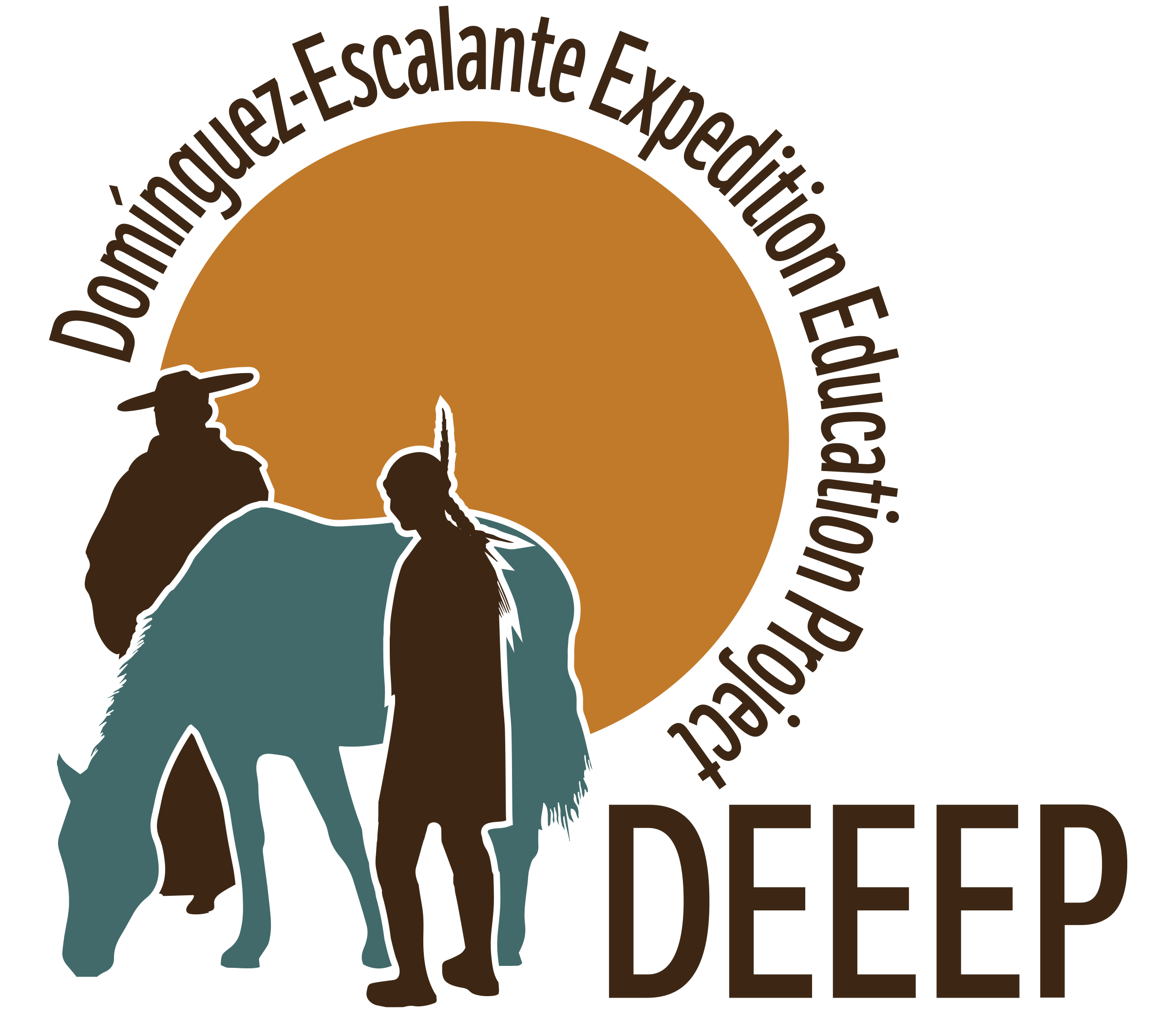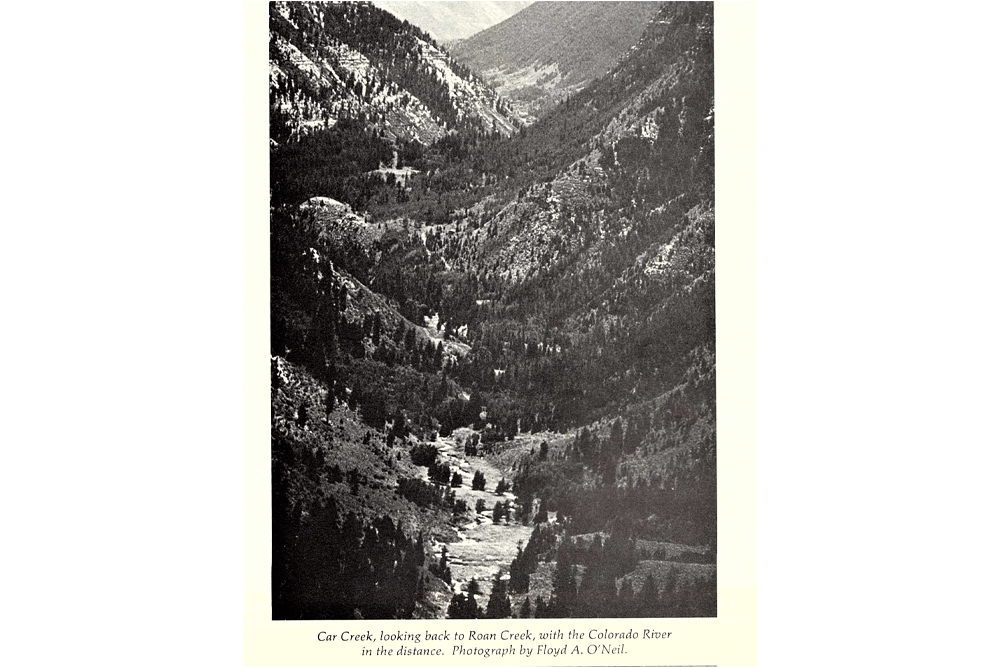September 7
Camp Name
The Nativity of Our Lady
Camp Name (Spanish)
La Natividad de Nuestra Señora
Brightness of the Moon
25%
Distance Traveled
5.25 leagues / 13.75 miles
Daylight
12 hours / 53 minutes
Water Resources
Brush Creek and a “scanty water spring”
Journal Description for September 7th
On the 7th we set out from La Contraguía through a wide ravine in which, after going one league west, we found a meadow with very much pasturage. We turned northwest along the same ravine, and after going three leagues we paused awhile to let the horses drink, as we did not know if we would find water tonight. Afterward we kept on going in the same direction and, at a little more than a quarter league, swung north-northeast, going up an incline of so difficult an ascent that we doubted ever reaching the top because, besides its being very steep in places, there was not even a footpath and— as it consisted of very loose dirt — the mounts could not gain a sure foot¬hold anywhere. Its ascent must be half a league long, and when one reaches the top there are some shelves of very brittle flagstone [shale?] where two pack mules lost their footing and rolled down more than twenty yards at the least. But God willed that they did not tumble upon any of those following behind and that they came out unhurt.
We climbed it on foot with many exhausting and scary experiences. This is why we named it La Cuesta del Susto.173“Shock Hill.” On it our guide gave us irrefutable proof of his sincerity and lack of guile. Having climbed the slope, we traveled half a league north-northeast, going down a short, narrow valley, and we stopped at a really scanty water spring, naming the site La Natividad de Nuestra Señora,174“The Nativity of Our Lady.” Camp was situated on top of Brush Mountain, between Carr Creek and Brush Creek. where there was middling pasturage for the mounts. Today a little more than five leagues and a quarter.175A little more than 13¾ miles.
Scroll to the bottom to view photos.
Notable Event
N/AMiller Report Summary
The following morning the party traveled one league westward to the point where Carr Creek joins the Roan. The travelers progressed up Carr Creek for three leagues, then climbed a difficult shale hill northeastward to reach the divide between the drainages of the Colorado and White rivers. The campsite of September 7 was located approximately three quarters of a mile north of the Rio Blanco county line in the northwestern quarter of Section 32. From the crest of the divide that separates the Colorado and White River drainages, Silvestre had been able to point far ahead to the Uinta Mountains and westward to the Wasatch, beyond which his people lived. The Cliff Ridge of the Blue Mountain Plateau was also clearly in view and the Indian guide doubtless pointed out the general route westward along the base of that ridge. Ten days later, from the vantage point of “Silvestre’s Overlook,” the faithful guide would point back to the same ridge on which they were now standing—September 7.DEEEP’s Field Notes
Copyright © 2024, DEEEP Colorado. All Rights Reserved.
September 7, 1776
By The Canyon Pintado Team: Daniel Fiscus, Vice President, Rangely Outdoor Museum; and an anonymous professional government advisor
From La Contraguía, the party continued northwest up the wide ravine of Roan Creek for another 3 miles before reaching a meadow with ample pasturage. From here they departed Roan Creek to proceed north-northwest along a tributary named Carr Creek for approximately another 9 miles. Leaving the drainage, they proceeded northeast up a steep slope lacking any footpath to follow. Near the top of this slope, two mules fell back at least 20 yards, narrowly avoiding injury to the party. The mules themselves also recovered. As they regained their footing, the expedition made it to the top of what they named Cuesta del Susto, ‘Shock Hill.’ To their relief, they found a relatively open broad ridge with gradual rolling hills. Proceeding north-northeast for another 1.3 miles, they reached a small spring with minimal pasturage that they named La Natividad de Nuestra Señora. Here they set up camp for the night.


